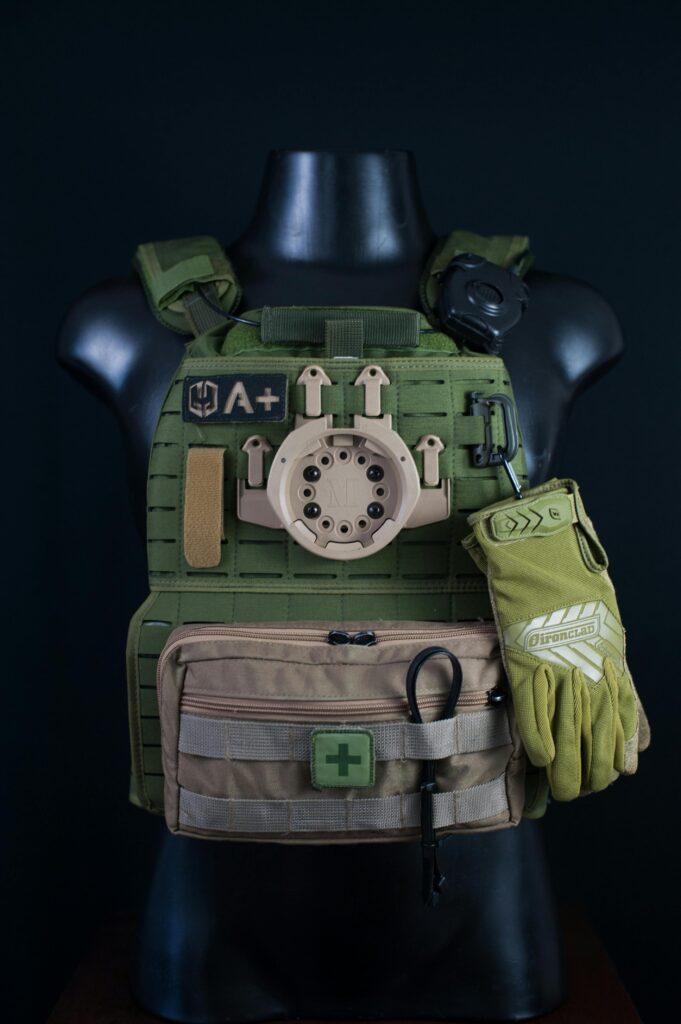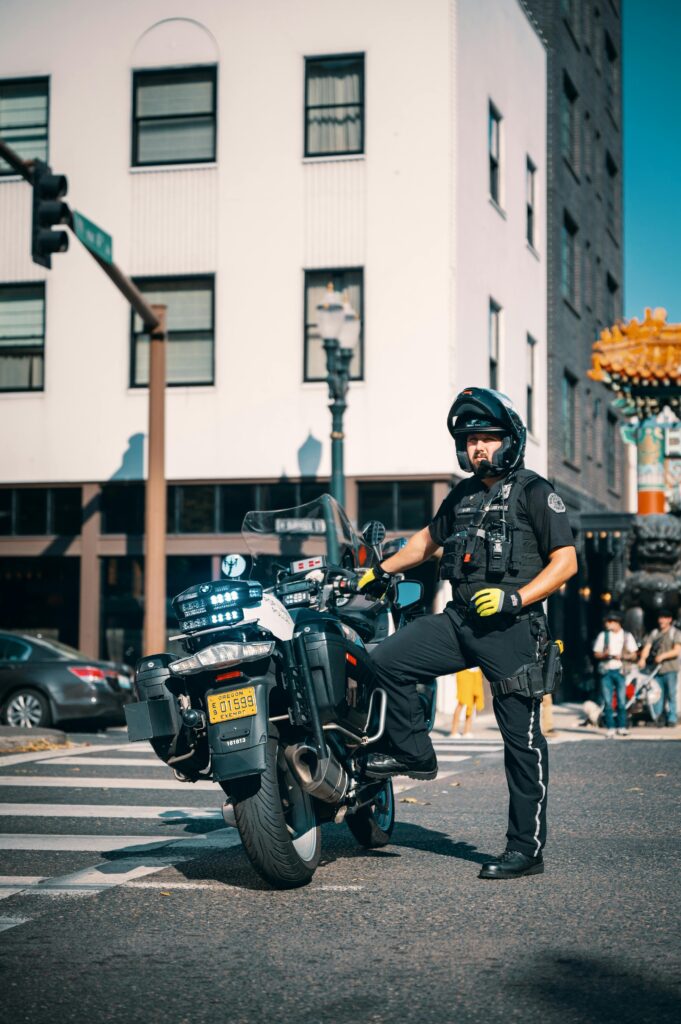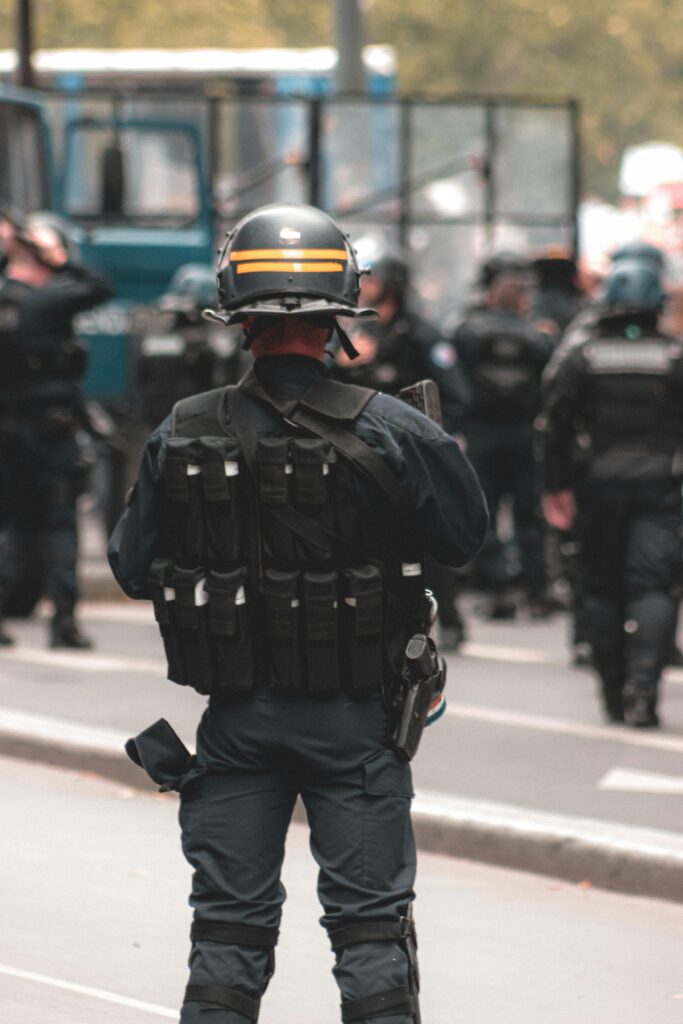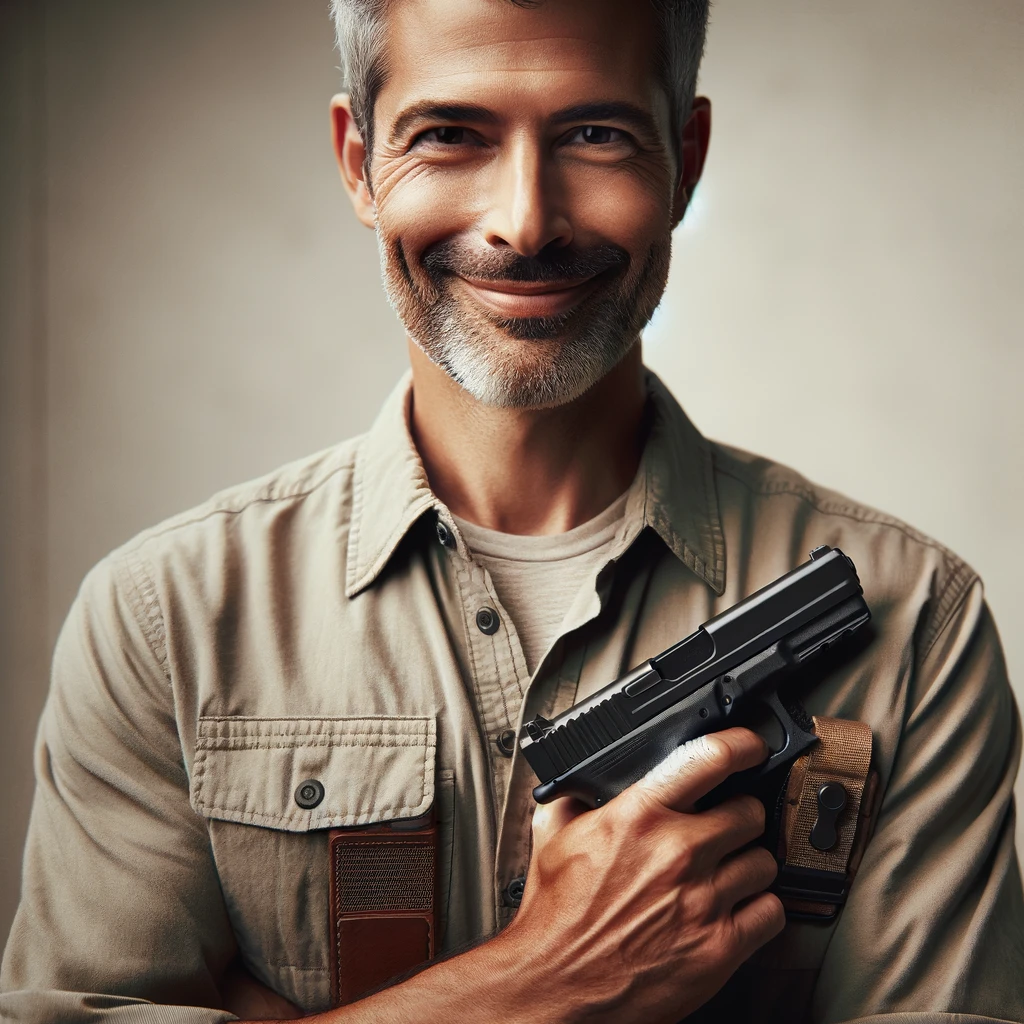
Ballistic armor and protection gear are critical components of modern military and law enforcement operations. It is designed to safeguard personnel against bullets and shrapnel.
The evolution of this gear has been driven by the perpetual arms race between offensive weapons and defensive technologies. It started with basic leather armor and heavy iron chainmail. It has slowly evolved into lightweight body protection that you can tailor to your needs. From a simple plastic plate that covers the vital organs through to complete protection for soldiers in the field, body armor has come a long way.
Historical Development
The history of ballistic protection begins with ancient armor made from materials like leather and metal. However, the invention of gunpowder and firearms meant leather and basic metal plates were no longer enough. By World War I, steel helmets became standard issue for soldiers to protect against shrapnel.
The interwar and World War II periods saw limited advancements in personal body armor due to the weight and impracticality of effective materials against high-velocity projectiles.Too many soldiers lost their lives because of shrapnel and bullet wounds that could have been avoided if we knew then what we know now…
The Advent of Modern Ballistic Armor
The invention of synthetic fibers like Kevlar in the 1960s revolutionized ballistic armor. Kevlar’s high tensile strength-to-weight ratio allowed for the creation of lightweight vests capable of stopping bullets from handguns and shrapnel. Subsequent developments introduced materials like Dyneema and Twaron, enhancing the protective capabilities and reducing the weight of personal armor.
Types of Modern Ballistic Armor
1. Soft Body Armor: Typically made from layers of woven or laminated fibers, soft body armor is effective against projectiles from handguns. It is favored for its flexibility and lightweight construction, making it suitable for everyday use by police officers.
2. Hard Body Armor: Incorporates hard plates made from ceramics, polyethylene, or steel. It is designed to stop rifle rounds and is commonly used by military personnel and in high-risk law enforcement operations. These are generally contained within plate carrier vests.
3. Helmets: Modern ballistic helmets are made from Kevlar, polyethylene, or composite materials, offering protection against bullets and shrapnel.
4. Shields: Ballistic shields provide mobile cover for law enforcement during tactical operations. They are much stronger than body armor.
Standards and Certification
Ballistic armor is classified according to protection levels set by standards organizations like the National Institute of Justice (NIJ) in the United States.
Here’s an overview of the National Institute of Justice (NIJ) body armor levels:
Level IIA: Designed to stop lower-velocity handgun rounds such as 9mm FMJ RN bullets at speeds up to 1165 feet per second (fps) and .40 S&W FMJ bullets at speeds up to 1065 fps. It’s the lightest and least protective level commonly used, and it is vulnerable to 45 ACP and up. On the plus side it is much lighter and easier to wear than higher level armor.
Level II: Offers protection against higher velocity handgun rounds, including 9mm FMJ RN bullets at speeds up to 1245 fps and .357 Magnum JSP bullets at speeds up to 1430 fps. This level strikes a balance between protection and wearability, but there are still chinks in its armor, so to speak.
Level IIIA: Capable of stopping even higher velocity handgun rounds, such as .357 SIG FMJ FN bullets at speeds up to 1470 fps and .44 Magnum SJHP bullets at speeds up to 1430 fps. It provides significant protection in a wearable package.
Level III: Protects against high-powered rifle rounds like 7.62mm FMJ (M80) bullets at speeds up to 2780 fps. This level requires the use of hard armor plates made from materials like ceramics, steel or layered polyethylene and Kevlar.
Level IV: The highest level of body armor protection, designed to stop armor-piercing rifle bullets such as .30 caliber M2 AP rounds at speeds up to 2880 fps. Level IV armor uses the toughest materials and is significantly heavier. It’s only really practical to wear for short periods and so it is best suited to Military & Law Enforcement Officers on select operations.
Each level addresses specific threats, with higher levels offering greater protection but also increasing weight and reducing mobility. Choosing the right level depends on the anticipated threat environment and the need for mobility.

Technological Innovations
Recent advancements in ballistic armor focus on improving protection while reducing weight and increasing comfort. Innovations include:
- Flexible Rifle Plates: New materials and designs that offer rifle-level protection with improved flexibility and comfort.
- Liquid Armor: Experimental technologies involving shear-thickening fluids that harden upon impact, potentially offering enhanced protection and flexibility.
- 3D-Printed Armor: Custom-fitted armor plates produced using additive manufacturing techniques, allowing for optimized protection and reduced weight.
Challenges and Future Directions
It’s a never ending challenge to balance protection, weight, and comfort. R&D aims to develop materials that offer higher levels of protection with less weight, as well as integrating wearable technology.
Conclusion
Ballistic armor and protection gear are essential for the safety of military and law enforcement personnel. As threats evolve, so too will the armor designed to protect against them, continuing the age-old arms race into the future.
FAQ on Ballistic Armor and Protective Gear
1. What are the different levels of ballistic armor?
Ballistic armor is categorized into levels by standards organizations like the National Institute of Justice (NIJ) based on the armor’s ability to stop specific types of bullets. Levels range from IIA, which protects against lower-velocity handgun rounds, up to Level IV, designed to stop armor-piercing rifle rounds. Each level addresses the balance between protection and wearability, with higher levels offering greater protection at the expense of increased weight and reduced mobility.
2. Can civilian individuals purchase ballistic armor?
Yes, in many countries, including the United States, civilians can legally purchase and own ballistic armor. However, the legality can vary significantly by country and, in the U.S., by state. Some areas may have restrictions on the sale or possession of certain types of ballistic armor, especially those rated for higher levels of protection. Check your local laws and regulations before you buy body armor online.
3. How long does ballistic armor last?
Ballistic armor has a 5-10 year lifespan, although this can vary based on the material, usage, and maintenance. Factors such as exposure to sunlight, moisture, and physical damage can degrade the materials over time. Manufacturers usually provide a recommended service life for their products, and it’s crucial to inspect and possibly replace armor after this period or if it sustains damage.
4. Is ballistic armor completely bulletproof?
No ballistic armor is entirely bulletproof; rather, it’s bullet-resistant. The level of resistance depends on the armor’s rating, the type of bullets it’s designed to stop, and the distance and angle at which a bullet strikes. Even the highest-rated armor may not protect against all threats, and impacts can still cause blunt force trauma to the wearer.
5. How can ballistic armor be maintained to ensure its effectiveness?
Maintaining ballistic armor involves regular inspection, proper cleaning, and following the manufacturer’s care instructions. Keep soft armor panels flat and avoid folding or creasing them, which can damage the fibers. Hard armor plates should be checked for cracks or dents. Storage in a dry, cool place away from direct sunlight is essential to prevent degradation of the materials.


